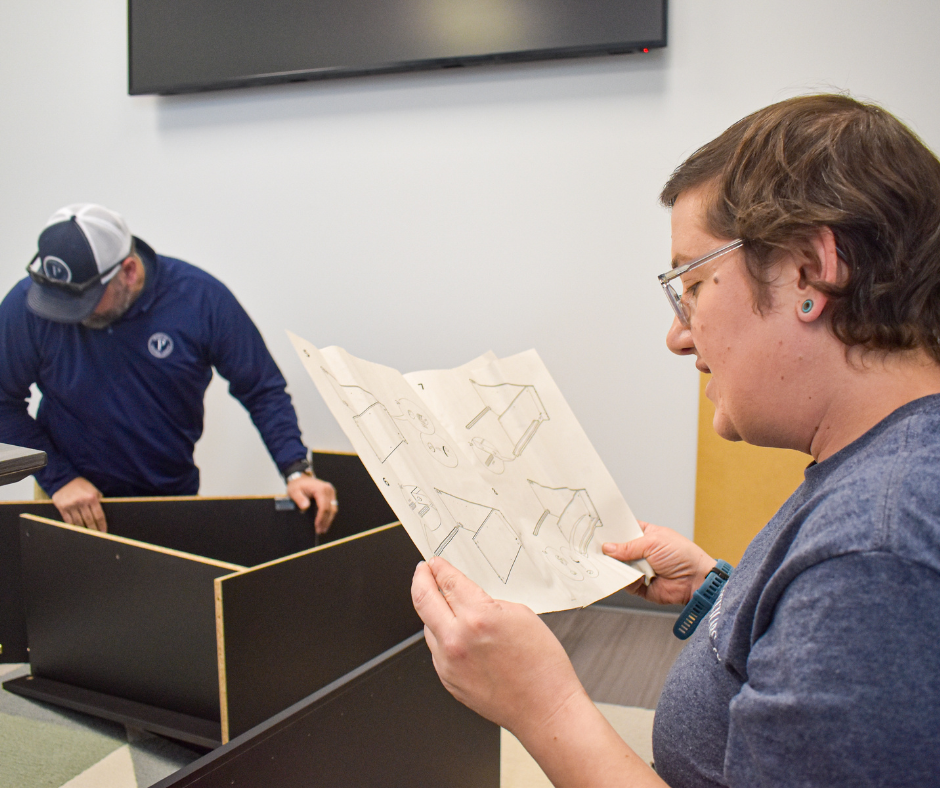“The biggest communication problem is we do not listen to understand. We listen to reply.” — Stephen R. Covey
In today’s dynamic work landscape, communication is the cornerstone of success for yourself and your team. As legendary basketball coach Mike Krzyzewski once said, “Effective teamwork begins and ends with communication.”
This sentiment underscores communication’s pivotal role in driving team productivity and cohesion. Organizations can cultivate an environment of trust and responsibility by embracing proactive communication practices, such as active listening and fostering accountability and transparency.
Join us as we delve into actionable techniques aimed at aligning teams, keeping everyone on the same page, and reaping the many benefits of effective communication in the workplace.
Listen First, Seek Understanding
Active listening lays the groundwork for effective communication. Before offering solutions or opinions, engaging in active listening is essential to grasp the complete picture of the discussion at hand.
By actively seeking to understand others, we gather essential facts and foster trust among team members. Furthermore, active listening promotes a culture where individuals feel valued and respected, increasing engagement and collaboration, all while bringing teammates closer together.
When team members feel heard and understood, they are more inclined to offer their perspectives, leading to richer discussions and innovative solutions.

Be Transparent, Accountable, and Supportive

Transparency is key to fostering trust and maintaining well-executed communication practices in the workplace. Being open and forthcoming about information, decisions, and challenges builds credibility and strengthens relationships. When team members perceive transparency in leadership, they feel valued and respected, leading to a more positive and collaborative work environment.
However, transparency alone is not enough. Accountability plays an equally vital role in effective communication. It involves owning up to mistakes, taking responsibility for decisions, and openly addressing failures. Yet, accountability extends beyond individual actions; it encompasses supporting and equipping teammates.
By assisting others and ensuring everyone is equipped with the necessary knowledge and skills, you uphold your teammates’ commitment to accountability. This will keep the team on the same page while enhancing collective skills and fostering a culture of continuous improvement and collaboration.
When modeling accountability and support, transparency empowers and reinforces team members to take ownership of their actions, ultimately contributing to a positive and collaborative work environment.
The 6 C’s of Communication
Clear Communication:
Clear communication ensures that the recipient easily understands your message. It eliminates ambiguity and confusion, allowing information to be transmitted accurately. To improve clarity in your communication, focus on organizing your thoughts logically, using simple language, and providing relevant examples or explanations to support your message.
Concise Communication:
Concise communication involves conveying your message succinctly and without unnecessary detail. It helps prevent information overload and ensures your message is delivered efficiently. To enhance conciseness in your communication, prioritize key points, avoid repetition, and use precise language to convey your ideas effectively.
Correct Communication:
Correct communication ensures that your message is accurate and free from errors. It involves using proper grammar, spelling, and punctuation to convey your ideas clearly. To improve correctness in your communication, proofread your messages carefully, double-check any facts or figures, and seek feedback from others to ensure accuracy.


Contextual Communication:
Contextual communication considers the specific circumstances and background information relevant to the message being conveyed. It ensures that your communication is appropriate and meaningful within a given context. To enhance contextual communication, tailor your message to the listener’s needs, and provide relevant information as necessary.
Concrete Communication:
Concrete communication involves providing specific examples, details, or evidence to support your message. It helps to make your communication more tangible and easier to understand. To improve concreteness in your communication, use vivid descriptions, real-life examples, and data or statistics to illustrate your points effectively.
Caring Communication:
Caring communication demonstrates empathy, compassion, and genuine concern for the well-being of others. It involves actively acknowledging others’ emotions and responding with empathy and understanding. To cultivate caring communication, practice active listening, show empathy toward others’ perspectives, and express appreciation and support for their feelings.
In our ever-evolving work environment, effective communication is the linchpin of success, both for individuals and teams. By embracing proactive practices such as active listening, transparency, and accountability, we pave the way for trust, collaboration, and, ultimately, success.
Let’s continue our commitment to mastering the art of communication, unlocking its power to align teams, foster understanding, and propel us toward our shared goals. Together, we can cultivate an environment where every voice is heard, every idea is valued, and every individual thrives.
To learn more about Penmarc Inspired Spaces and what we’re all about, click the link below!


